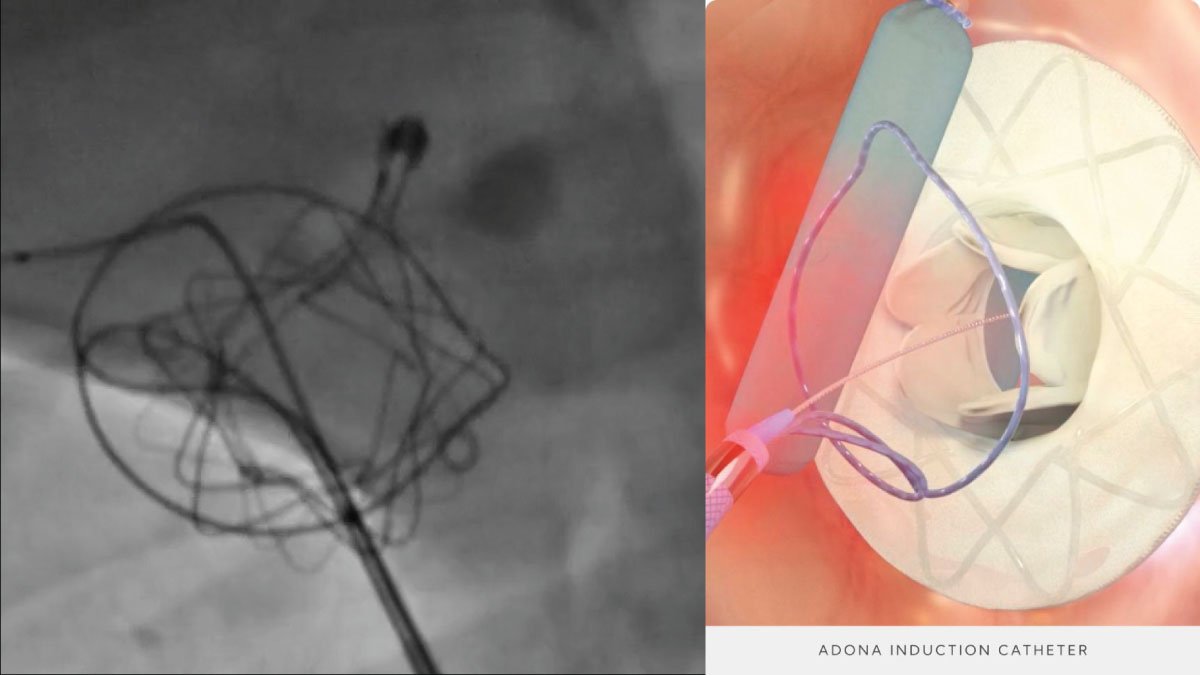Jumping Gene Enzyme Edits Genomes Without Breaking DNA: A New Frontier in Gene Editing

Quick Read
In a revolutionary breakthrough, scientists have found an enzyme that can modify DNA sequences without damaging the DNA strands. This approach differs from CRISPR in that it employs a “jumping gene” enzyme, which inserts genetic material with greater accuracy and in a more less invasive manner. This innovation holds great promise for medical tools and gene treatments, potentially transforming the landscape of biotechnology.
A Revolutionary Breakthrough in Gene Editing
A groundbreaking development in the field of genome editing is currently underway. This development differs from the well-known CRISPR technique, which necessitates the disruption of DNA strands to incorporate new genetic material. Instead, a novel enzyme-based approach introduces a significantly less invasive method. The “jumping gene” enzyme works by making changes to the DNA seamlessly, without causing any DNA breaks, presenting exciting opportunities for gene editing purposes.
This advancement brings several benefits over CRISPR, especially in terms of precision and the reduced chance of accidental mutations. In the realm of gene editing, it’s crucial to minimize damage to the genome, and this new approach appears to offer a more promising solution.
Benefits of the Jumping Gene Enzyme
The main advantage of this new gene editing technique is its safety profile. Unlike CRISPR, which can lead to unintended mutations due to DNA breaks, the jumping gene enzyme avoids this issue by integrating genes more carefully. This level of precision opens up new possibilities for creating safer treatments for genetic disorders.
Furthermore, the method is relatively straightforward compared to other genome editing technologies, providing greater reliability for scientists. The absence of double-strand DNA breaks is a significant advancement, reducing the risk of cellular stress or unwanted disruptions to genes. This innovation could significantly speed up the development of treatments for diseases previously considered untreatable.
Applications in Medical Devices and Gene Therapies
The potential of this enzyme-driven technology is extensive, especially in the areas of gene therapy and medical devices. It allows for the more precise insertion of therapeutic genes into a patient’s DNA, which could be beneficial for the design of medical devices. This technology could also be used to tailor treatments for individuals with genetic conditions, minimizing risks and enhancing the therapy’s effectiveness.
In gene therapy, the jumping gene enzyme could lead to innovative treatments for conditions such as hemophilia, muscular dystrophy, and various genetic cancers, all while sidestepping the potential dangers associated with traditional CRISPR methods.
Future Prospects of Jumping Gene Enzyme in Genome Editing
This new enzyme could redefine the landscape of genome editing, offering a safer and more accurate method for modifying genetic material. As research progresses, the jumping gene enzyme might even surpass CRISPR as the preferred gene editing technique. It could particularly excel in gene therapies for human diseases, where precision and safety are of utmost importance.
Looking ahead, this discovery could drive the development of more advanced biotechnologies and medical devices that are more compatible with the human body. The potential for progress in personalized medicine, cellular regeneration, and synthetic biology seems more achievable with this new tool in the gene editing toolkit.
Conclusion
This novel enzyme-based genome editing technology is at the forefront of the next generation of biotechnology advancements. Its precision, safety, and potential applications in gene therapies and medical devices position it as a promising alternative to CRISPR. As the field continues to evolve, this “jumping gene” enzyme may unlock the ability to treat conditions that were once considered incurable, ushering in a new era of medical possibilities.




















